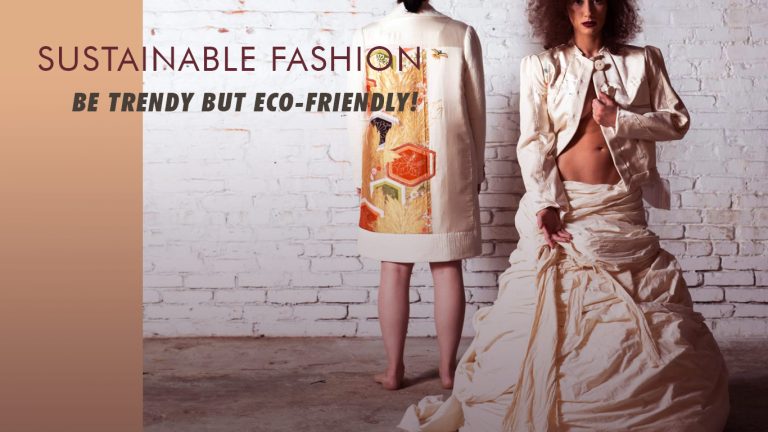
Sustainable Development is the hotcake now. The fashion industry is not lagged behind too. Starting from production to your wardrobe, every step needs to be environmentally friendly if we want this industry to be sustainable.
We have presented to you everything basic that you need to know about facts of sustainable fashion, what the hype is about, and history of the sustainable fashion industry, scopes and challenges, and many more.
Get all this here and learn ways how to turn your wardrobe green! After all, surely you would not want your stylish products to destroy mother earth! Keep in touch with EcoWowLife to know interesting facts about more green topics!
Sustainable Fashion: Be Trendy but Eco-friendly!
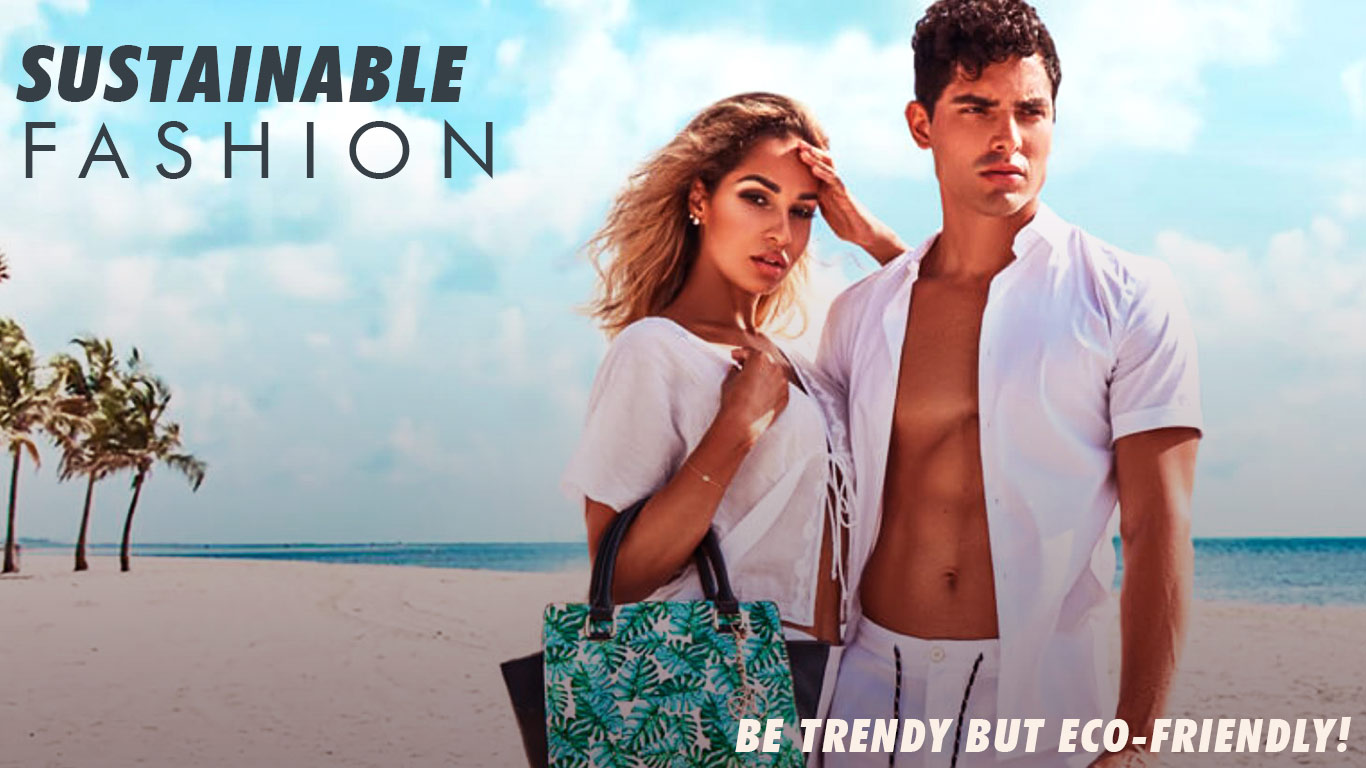
In this era of sustainable development, sustainable and ethical fashion trend is booming now. Environment conscious people are warmly accepting environmentally friendly fashion trends. Already a lot of big companies and corporate successfully running their sustainable program. We already have pioneers leading the concept of making your wardrobes green. If we want to lead an eco-friendly life, we need to cover the kitchen, balconies, rooftops, bins, and even our outfit.
Because everything is interrelated. Would you spend 100 dollars on food and then save 1 dollar on an outfit to save money? That won’t serve the purpose. Right? It either needs to be both or nothing. This is how your fashion contributes to a greener world along with all other lifestyle activities. If you’re feeling helpless thinking about not doing much for the natural resources significantly, this is where you can target; making your wardrobe green.
If we look at the title, ‘Sustainable fashion’ is itself lucrative and sounds very stable. However, we cannot put sustainable fashion under a specified definition.
If simply said, a fashion industry functioning by not imposing pressure on environmental resources can be called sustainable fashion.
According to the sustainability consultancy firm The Green Strategy, “sustainable fashion can be defined as clothing, shoes, and accessories that are manufactured, marketed and used in the most sustainable manner possible, taking into account both environmental and socio-economic aspects.”
According to Megan Eddings, Founder, and CEO of Accel Lifestyle. “Microplastics are a huge concern for not only the environment but also our health. These synthetic fibers are forms of plastic, and every time you wash fabrics made from these fibers, microplastics are breaking off, and many eventually end up in the oceans, ocean life, and our mouths. Megan Eddings has developed a sustainable fabric that is better for the environment, after years of trial and error.
Sustainable fashion takes into account the total supply chain and life cycle of a garment, from where and how it is prepared to when it ends up in our landfills. Consumers need to think about how their purchase could affect the environment, the lifecycle of their garment, and how to finance in clothes that last longer.”
This is how the definition of sustainable fashion is still different but under the same goal of protecting the environment.
The key sectors can be promoting environmentally, socially, and ethically conscious production and consumption for a sustainable industry.
In the present world, sustainable fashion is emerging as superior to modern fashion due to the fashion industry is one of the top industrial polluters. Textile fashion at present is responsible for climate change more than international aviation and shipping combined. Moreover, the fashion industry also causes forced child labor in the garment supply chain.
Let us know more about how can we work for a sustainable fashion and everything else you want to know at one click.
The Hype of Sustainable Fashion “Luxury”:
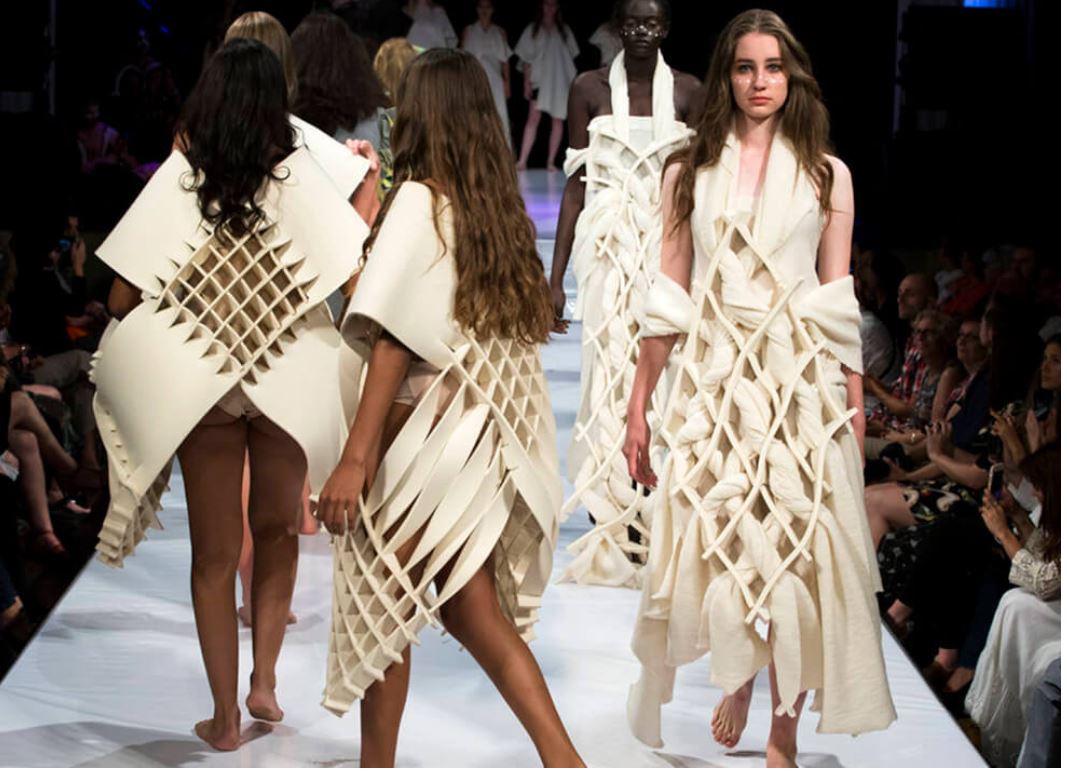
I am mentioning the word ‘luxury’ with sustainability because of some particular incidents that happened in the last five years.
The pace of sustainable fashion is faster than we generally assume. It is already a hype and competition among brands!
But how did we get here?
Just like the Paris Climate Accord is the global highlighted accord in case of climate change, a fashion Pact was signed at the Group of 7 summits in Biarritz, France.
France was the first country to lead sustainable fashion through this pact. It is surely not surprising since France has been always leading the group of global leaders in the climate change issues.
However, different luxury brands like H&M, Chanel, Ralph Lauren, and Prada were the participants of this pact.
They promised to take collective actions and common objectives to consider 21st-century environmental issues to tackle climate change. Sustainability, which was a niche trend in the fashion industry suddenly became cool.
The pioneer was Stella McCartney, who produced faux leathers and suedes using recyclable materials and promoted sustainable luxury in collaboration with Adidas.
Other brands and smaller businesses are soon going to join the luxury brands in this suit. Thus, with the allure of France, we can see the emerging concerns in environmental issues in the fashion industry.
Although there are a lot of doubts about the vague and lofty goals of the pact, we can always look at the brighter side. However, if luxury brands use the term sustainability only for marketing purposes, this will surely bring more disasters ahead.
Why is Sustainable Fashion Important? Some harsh Facts of Sustainable Fashion:
Starting from leather shoes to cotton and synthetic fibers for your outfit, every type of modern production process exerts excessive pressure on the environment.
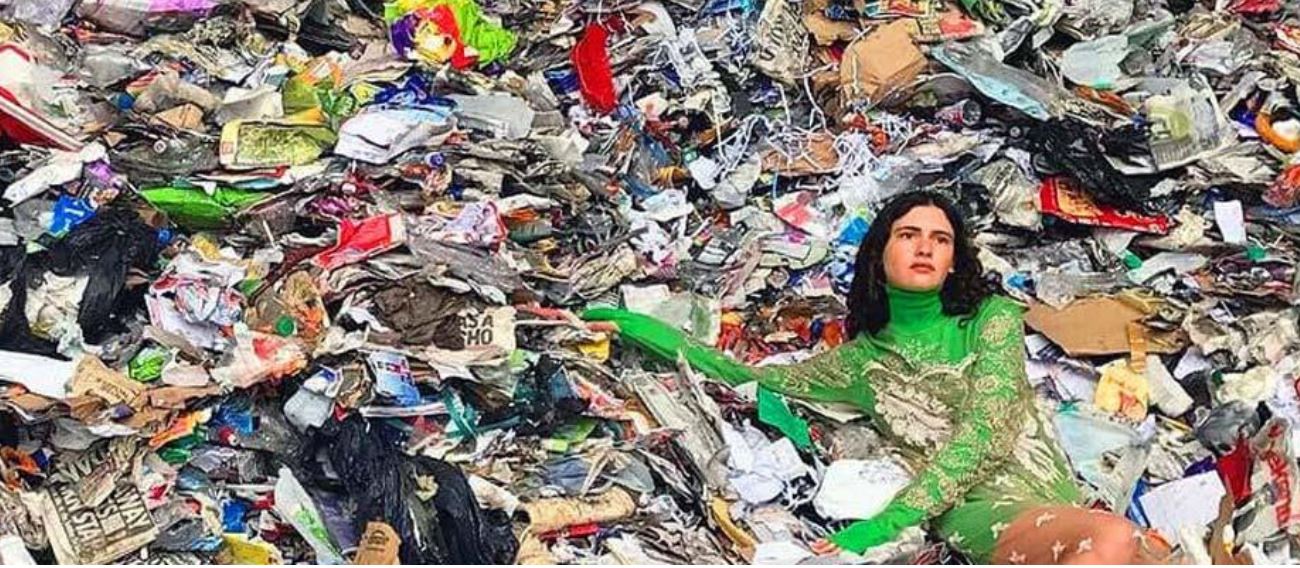
Before you buy your next leather bag, let us tell you something. 85% of the world’s leather contains toxic chromium. This may cause skin cancer to the workers.
The leather industry supports animal cruelty in many ways. You may see pictures of crocodiles and snakes on the billboard but you surely do not see how they are tortured in the laboratory.
Animal-derived materials have a high impact on the environment, for example, farmers have to use a lot of extra lands for the cattle to graze, some species of animals are likely to be extinct because of hunting them for the luxurious bags or shoes of animal skin
Before you buy your next cotton t-shirt, know that cotton farming is responsible for 24% of insecticides, 11% of pesticides, 713 gallons of water% and shrinking of the Aral Sea, use or global arable land between 2.4%-2.6
Sustainable fashion is important for reducing our carbon footprint. The clothing industry emits 330 million – 832 million tons of carbon dioxide annually!
This energy is enough to heat and power 31.6-71.9 million homes in a year. The fashion industry should focus on utilizing clean renewable energy such as solar energy, wind energy, and so on.
The apparel energy is also likely to increase by 63 percent within 2030! You can surely imagine the impact on the environment only due to apparel.
Now, let’s think about the leftovers after manufacturing. Can you guess the amount?
The textile scraps cover 400,000 kilometers to 120,000 kilometers every year!
For your one pair of jeans, it takes 7000 litres-1,000litres of water which we can drink for 5-6 years. (WRAP 2011)
China’s 80% groundwater from major river basins are unsuitable for use at present. The examples can go on. This is how the modern fashion industry exerts pressure on land, water, and other resources. This industry also promotes slavery and child labor.
As sustainable fashion promotes the lifecycle assessment of raw materials and utilizing the maximum service of products, it can save natural resources to a significant extent.
For example, if we double the life of clothing from 1 year to 2 years, we can save annual emissions by 24%.
Facts about Sustainable Fashion You Must Know!!
We are presenting some facts you surely did not know. As a responsible human being, I think we all should know which activities or sectors are causing harm to mother earth. Let us have a look:
- We do not utilize our clothes. Clothing utilization was reduced by 36 percent compared to 15 years ago.
- Fashion waste might be increase to 148 million tons by 2030.
- Only 16 out of 2000 different chemicals used by textile industries are approved by the Environment Protection Agency
- The fashion industry produces 20% of total global wastewater.
- Patagonia was the first brand that produced polyester fleece from plastic bottles. This reduces pressure on virgin resources.
- Sales of sole clothing are likely to rise to 1.2 trillion by 2025 as fashion consumption increases. (Greenpeace 2017)
- Apparel consumption is likely to rise from 62 million tons up to 102 million tons in 2030. (Global Fashion Agenda 2017)
- Polyester production emits greenhouse gases that is equivalent to the annual emissions of 185 coal-powered plants. (World Resources Institute 2017)
- 87% of women in Pakistan are paid less than the minimum wage. (Global Fashion Agenda 2017)
- If 10% of second-hand clothing sales are increased, environmental benefits like cutting down carbon emissions per tonne of clothing by 3% and the use of water by 4% are possible.
- Fast fashion used almost 80 billion cubic meters of freshwater in 2015!
- Cotton is the most resource-intensive crop.
- Long working hours and low wage is a common thing in the fashion industry.
- The fashion industry is the 2nd most polluting industry is big fake news. (NYTimes)
- We need three planets to provide us the number of natural resources needed at present.
7 Forms of Sustainable Fashion
I’m sure we all know by now that sustainable fashion covers from producers up to end-users, that is consumers.
So, you are also in this chain as a pro-active contributor. However, not all forms of sustainable fashion are needed for all. According to Green Strategy, there are 7 forms of sustainable fashion proposed by The Green Strategy in 2012. You have to choose one or two forms as you know yourself. Let us go through all the seven forms:
- Each garment to be made on-demand or custom-made for optimum production
- High-quality products and timeless design
- Produced in an environment-friendly manner
- Considering ethical aspects
- Good care, using fully, repair or redesign
- To prolong active life through re-use, renting, borrowing
- Swap shop or buy second-hand or vintage
If you belong to the end-user group, you can always go for 5), 6), and 7). You can also see Eco-labelling see if the product is produced in an environment-friendly manner 3).
How is Sustainable Fashion Problematic?
It seems very promising if we look at the brighter side of how brands are taking the environment seriously. So what is the problem with this? Let us know!
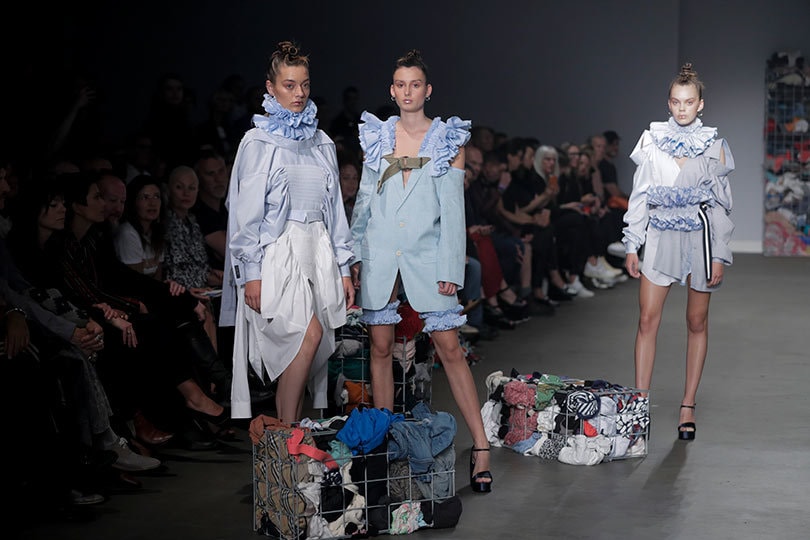
- A very valid question exists about sustainable fashion. The question is that if the fashion industry is becoming more sustainable or it is just another trend. This is a very big problem since we have scarce natural resources and we as human beings, cannot mock the issue of climate change under the illusion of sustainable business.
- Not all customers get what ‘sustainability’ means except for some educated and informed ones. This does not cover all customers of a company. The definition of sustainability is still not clearly defined so we do not know exactly what we are talking about
What to do?
We all cannot change the supply chain directly but we surely can contribute to a greener fashion industry from the customer end. Here are some tips for your green wardrobe!
- Swap clothes with your close ones, re-use your clothes until it is not usable. You can always get help from social media groups for swapping or renting products.
- Take good care of your outfits to prolong its use.
- Support brands promoting environmentally friendly products by buying their products. You can also promote them by giving good reviews to appreciate their thoughts even if you do not buy them
- Try buying outfits that you are sure to use for a long and not just for one or two occasions.
Conclusion
Sustainable Fashion is crucial for the protection of the environment since every person of this planet directly or indirectly has control over it. It’s high time to adopting a green living lifestyle. we should warmly be welcoming every little step that directly involves making a carbon-free, epidemics free, disaster-free world.
Starting from manufacturing to our wardrobes, each product needs to be circulated in an environmentally friendly manner.
If we can overcome the challenges of sustainable fashion, we can surely feel proud of our wardrobes!